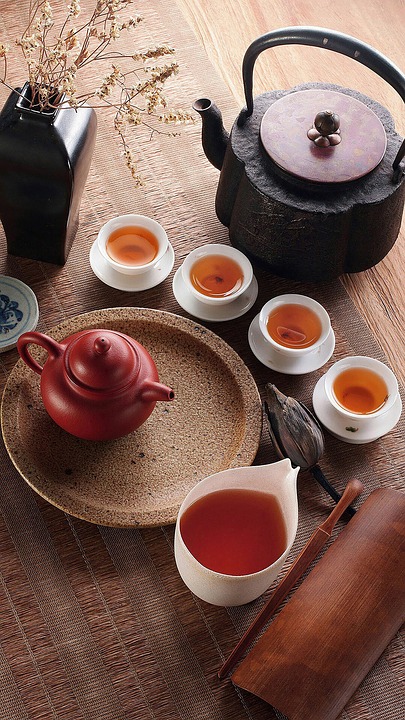In this post we will be looking at different traditional teas in Korea. I hope to one day get some Korean tea and try it myself. Until then, I have put together four Korean teas that seem quite interesting.
Omija Tea
Omija berries are traditionally used to make tea. The name Omija means “five flavor berries.” The name is suitable because the berries deliver five different tastes, such as sweetness, bitterness, pungentness, and saltiness. Omija has many health benefits, such as increase resistance to stress and disease, improve liver and kidney function, and lastly to beautify skin.
Daechu-cha (jujube tea)
Daechu are small Korean dates. They have a white, firm flesh, much like an apple when they are raw. They are dried in the sun for a day, then boiled on low so that the dates become sweet and almost liquid in consistency.
Persimmon Tea
This tea is made out of persimmon leaves. It is naturally caffeine free, with a bitter, herbal taste. The tea has many benefits, such as aiding in immune support, weight loss, digestion, among others
Maemil-cha (buckwheat tea)
This tea is made out of the same ingredient, buckwheat as Korean famous cold noodles, naengmyun. The buckwheat kernels are first roasted, then boiled. then strained in tea strainers for tea. However, there are crushed kernels for tea bags. The flavor is savory. Many like it because it tastes more like a entrée than a tea. And the tea is known for its blood circulation benefits.
I hope that you enjoyed this post. Let me know in the comments if you have tried any of these teas and what is your favorite.
As always, have a great day,
Alyssa
